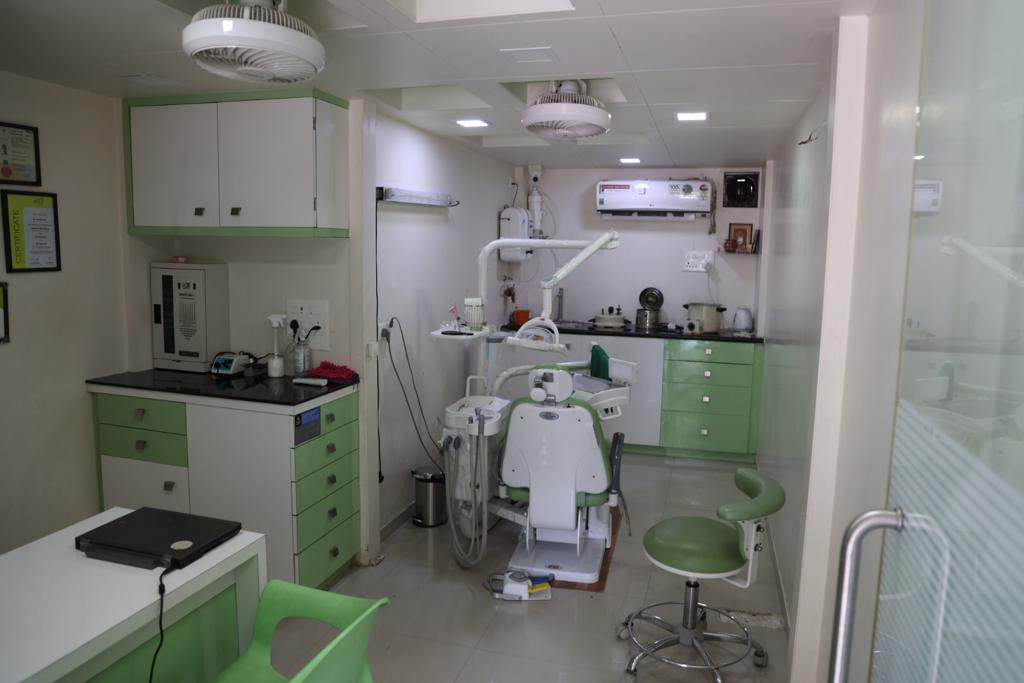
Stopping mouth breathing is probably one of the simplest and most powerful health practices you can perform for yourself.
Just a warning, it’s not easy to. For very few, consciously reverting back to nasal breathing is a quick fix, but for most, our body’s are used to this survival mechanism.
Personally, I found there are a number of steps to reverting mouth breathing: this will vary wildly, but just to start giving you some idea of a ‘process’.
Step 1:
• Identification: [You are currently doing this step by reading this post] – here we are learning and appreciating how your respiratory system works. The mouth is for food, and the nose is for air, it’s that simple. Once you consciously turn this switch, you have begun!
Step 2:
• Small steps: You take 25 000 breaths a day. So while you may not fix all of them at once, you can aim to start fixing a small amount of them. Realize that this life-long practice, that you’re going to shift slowly.
*as an aside, if we teach kids to do this from an early age it NEVER becomes an issue. You just breathe through your nose, because it’s normal.
Step 3:
• Diagnoses: Here’s a hard one and you probably need professional help here. There can be many barriers to nasal breathing. It can stem from a high narrow dental arch, which constricts the nasal sinus. Deviated septum, or inflamed turbinates, or inflamed adenoids and tonsils.
Low tongue posture, and open lip posture. There is a primary barrier to nasal breathing and you need to know your biggest issue and start working on it (you will have to get across all of these to fully beat it).
Step 4:
• Persistence, feedback, and adjustment: Start with day time exercises. Sitting quietly, closed lip breathing, slowing the breath, be comfortable with extended periods. Start to increase you CO2 capacity and your brain’s resilience to this slower, deeper breathing. It will take time, and you will feel ‘panicky’ at the start.
Step 5:
• Deepen into sleep. During the 8 hours or so you are sleeping, nasal breathing is paramount, and it’s here that it’s doing it’s most important work. By the time you have reached some comfort-ability in day time breathing, it’s time to make sure you are breathing through the nose at night. You may need help, like nasal rinses, sprays, nasal props, lip sealing, or a dental device.
Remember, it’s a journey, and the first thing you need to do is to start building a daily

